How the largest consumer startups in South-East Asia acquired their first 1000 users
Lessons from companies like Grab, GoJek, Carousell and more...
Inspired by Lennysan's post on ‘How the biggest consumer apps got their first 1,000 users - Issue 25’ I decided to do the same, but for GSEA. Given that there’s a lot of material out there that covers startups in a PR friendly manner, I thought a list that’s actionable for startup founders would come in useful.
There are many differences between launching your startup from the Bay Area as opposed to say, Jakarta. For one, the valuations and amounts you can raise is a lot more modest, internet penetration is a lot lower, and customer needs are inherently very different, which makes a lot of the best practises that are applicable to the US very different in Vietnam or Taiwan. The methods applied in SEA is a lot more grinding hard work as opposed to the legendary hacks that Silicon Valley companies like Airbnb’s Craig’s list hack.
Below is a list of how the most successful consumer startups in SEA got off the ground. I would love to hear from the founding teams of these companies and suggestions as to what other startups should be included.
Takeaways
Going offline to acquire users, to reference Paul Graham’s seminal essay "Do things that don't scale" and leveraging existing networks were the most common channels.
⅓ of the companies took existing behaviour and made it more efficient online
For 2-sided marketplace startups, all the above companies sought to acquire supply side first
Disclaimer
Most of the info was gathered through online research, would appreciate any corrections, if any.
Exploring Further:
Offline to where users are
Key question: Who are your early target users, and where they currently congregating offline?
SEA specific: Users in developing nations probably need more hand holding when it comes to using internet products, although this is changing rapidly.
Signing up Taxi Drivers (Grab):
Tan recalls knocking on taxi windows to convince drivers who brought in their cars for repairs to download Grab’s early app.
“Uncle give us a chance lah, your income is sure to increase!” Mr Tan recalls saying. “We were basically begging,” he says. “Maybe out of 10 drivers I pitched, two would agree to try it.”
Anthony Tan - CEO & Co-Founder, Todayonline interview
Flea Markets & University Campuses (Carousell):
“Rui says the app gained traction by marketing on university campuses, placing magazine advertisements and looking for potential sellers in flea markets and online forums” - Techcrunch 2013
Community Events (Bukalapak):
“Since 99% of our talents are local, we’re familiar with their behavior. We are close with our customers. I, myself, sometimes go to the sellers’ community events, and they really appreciate it when we go to them, encourage them, and motivate them to sell more. We also listen to the problems they face. They appreciate it, and they become evangelists for our brand.” - Achmad Zaky, Co-Founder, Next Billion by GGV interview
Leveraging existing networks
Key question: Is there density in activity going on in a very manual manner that you can make more efficient by bringing it online?
SEA Specific: Are some industries more resistant to digitisation? If it’s out of habit, that can be changed once they see the value, if it’s for other reasons like tax evasion, that’s a whole other story.
Ojek to Gojek (Gojek):
Initially started, as a call centre in 2010, Nadiem Makarim was able to bring efficiency to the process of Ojek (motorcycle taxis) riders and customers by using a call centre to reduce waiting times. In 2015, when they launched the app to pent up demand, the rest was history - Today
Taking Property Classifieds Online (Propertyguru):
“We had paid someone 5 or 10 dollars to give us all the information in digital format” on scraping newspaper classifieds content - Steve Melhuish - Startup Grind
Van Drivers on Whatsapp Group (GoGoVan):
The idea worked, but almost too well. Drivers responded to jobs, but because WhatsApp groups were then limited to 10 participants, and drivers were pitching for work on multiple chats, it became hard for the trio to honor their first come first served policy.
When looking for a solution, the trio quickly realized they could work much more effectively if they consolidated all of their most trusted drivers into one platform.
Leverage competitor’s networks (99.co):
“because Craigslist was more dominant than Facebook groups at the time, first 1000 users came from leveraging pre-existing networks” - Conor Mclaughlin, Co-Founder
Partnerships
Key question: Does my product need one side of the market to buy in before there can be real value delivered to the other side of the market?
SEA Specific: Do I need to consider special relationship factors that’s not completely based on merit?
Improving product to get Partnerships(Traveloka):
“At the beginning of our presence in the market, there were no airlines who intended to build partnerships with us,” Unardi recalls. “We could only create sales through our resellers, without receiving any payment. At that time, our focus was to grow our website visits and make improvements, such as developing a clean and simple website interface. In just a short period, airlines and hotel groups became aware of us and started forming partnerships with us.” - Ferry Unardi, Prestige
Cold knocking (Klook):
Like any other new business, it is hard to get the idea off the ground. “Back in 2014, there were only few travel service providers who knew about our platforms. We were literally knocking on their doors cold, hoping to form partnerships,” the co-founder said. - Eric Gnock Fah, Whub Interviews
Online Marketing
Key question: Am I in a uncrowded space that would allow me to do this cheaply and efficiently?
SEA Specific: This space generally isn’t as competitive, hence cheaper than the US, but changing rapidly.
Reaching Property Buyers Online (Propertyguru):
“Back when Google CPC rates were low” Steve Melhuish, Propertyguru Co-Founder. Startup Grind Interview
Trying anything (Bukalapak):
“We did everything we could to drive traffic - SEO hacking, so on and so forth. The first year after I started Bukalapak, the traffic actually soared - we received 10,000 hits a day, which was not bad at that time.” - Achmad Zaky, Co-Founder, Next Billion, GGV interview
Content Marketing (Klook):
Quality content attracts users and generates leads for Klook via social media channels and organic search. Besides providing a wide variety of attractions on the platform, Klook creates high-quality content like online travel guides, photos and videos. Content marketing helps Klook build brand awareness and generate leads. On the other hand, Klook partners with online influencers including bloggers, vloggers and Instagrammers to reach a wider range of audience. - Whub interview
PR
Key question: Is my product solving a problem that’s largely unmet and easy to understand for the everyday person?
SEA Specific: My personal thoughts on this is there is a lot of room to differentiate here given that a lot of the competition is still running run of the mill ads, especially if you’re going up against traditional competitors. Circles.life has done a good job in this area (disclaimer: my former employer)
Media Blitz (Grab):
After months of tinkering, the Grab app debuted in June 2012 to a media blitz. It received 11,000 bookings on the first day, which meant finding more drivers became a top priority - Grab Blog
Word of mouth to media(Tokopedia)
On the second day of its establishment, Tokopedia was visited and featured by Tempo Magazine, one of the media in Indonesia. At that time the article was about “Online Mall”. - Tokopedia blog
TV ads(Bukalapak)
“For the first wave of eCommerce, we used creative television advertisements to promote our brand all over Indonesia” - Achmad Zaky, Co-Founder, Next Billion, GGV Interview
Word of mouth
Key question: Can I get users to love my brand?
SEA Specific: Each country in the region probably has a different level of propensity to share
Agent to Agent(Propertyguru):
“They started to get leads, they started to get transactions and they told their friends”- Steve Melhuish, Co-founder, Startup Grind
Emotional value(Bukalapak):
To our customers, it’s not just transactional, but we also have an emotional value because we are a homegrown brand. We grow together with you, and they really love it, appreciate it, and they start to promote Bukalapak. And they also invite many of their friends to sell on Bukalapak. That’s the value that we bring to the local scene - Achmad Zaky, Next Billion, GGV interview
Summary:
Top 6 strategies to acquire your first 1000 users:
Go offline to where your users are
Convert existing offline behaviour and make it more efficient online
Create partnerships to bring in supply side for demand side
Online marketing
PR
Word of mouth
6 key questions to ask yourself:
Who are my early target users, and where are they currently congregating offline?
Is there density in activity going on in a very manual manner that I can make more efficient by bringing it online?
Does my product need one side of the market to buy in before there can be real value delivered to the other side of the market?
Am I in a uncrowded space that would allow me to do this cheaply and efficiently?
Is my product solving a problem that’s largely unmet and easy to understand for the everyday person?
Can I get users to love my brand?
SEA Specific Thoughts:
Users in developing nations probably need more hand holding when it comes to using internet products, although this is changing rapidly.
Are some industries more resistant to digitisation? If it’s out of habit, that can be changed once they see the value, if it’s for other reasons like tax evasion, that’s a whole other story.
Do I need to consider special relationship factors that’s not completely based on merit?
Online marketing generally isn’t as competitive, hence cheaper than the US, but changing rapidly.
There is a lot of room to differentiate here given that a lot of the competition is still running run of the mill ads, especially if you’re going up against traditional competitors, take a risk and be bold
Each country in the region probably has a different level of propensity to share your product
I have an interest in all things tech but with a particular interest in AI, the creator economy, and NFTs. If you’re working in the space or starting something new, I’d love to chat, my email is zishuang.cheng@gmail.com
If you’d like to read the next post, leave your email and hit the subscribe button! I don’t post too often as it does take some time to write so it won’t be too spammy




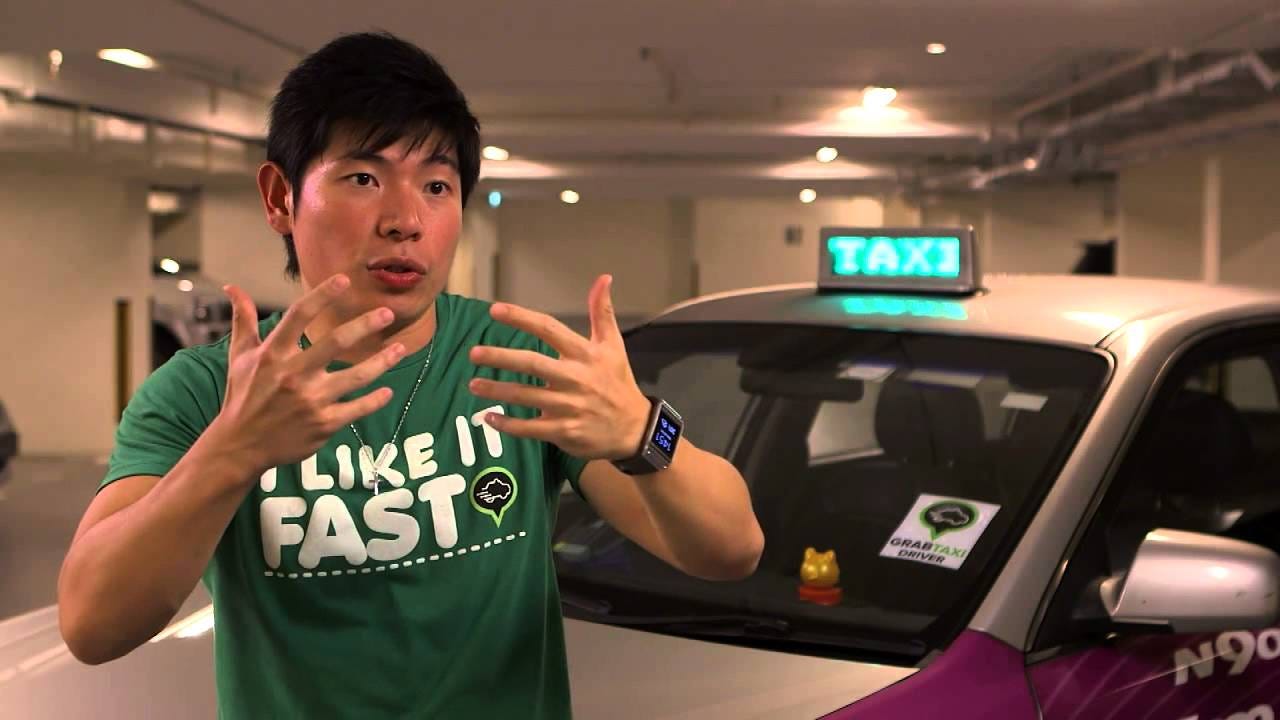
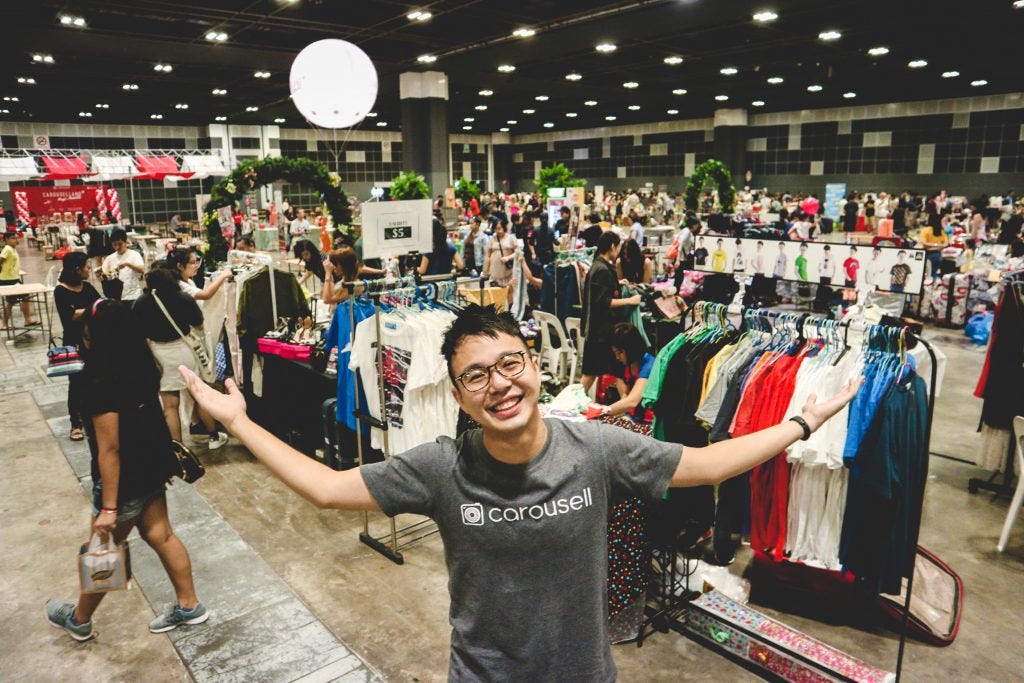
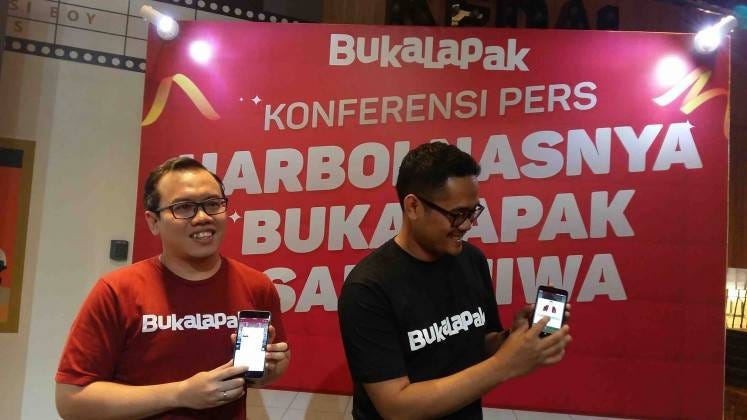
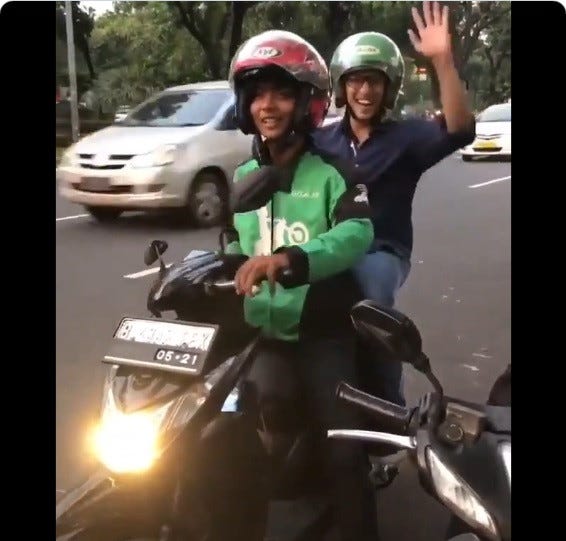
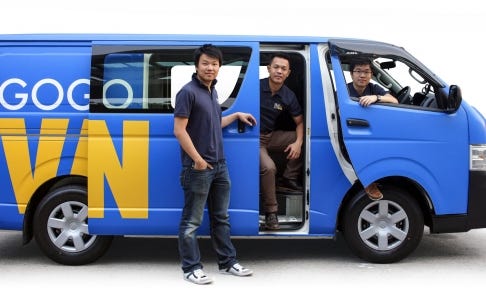
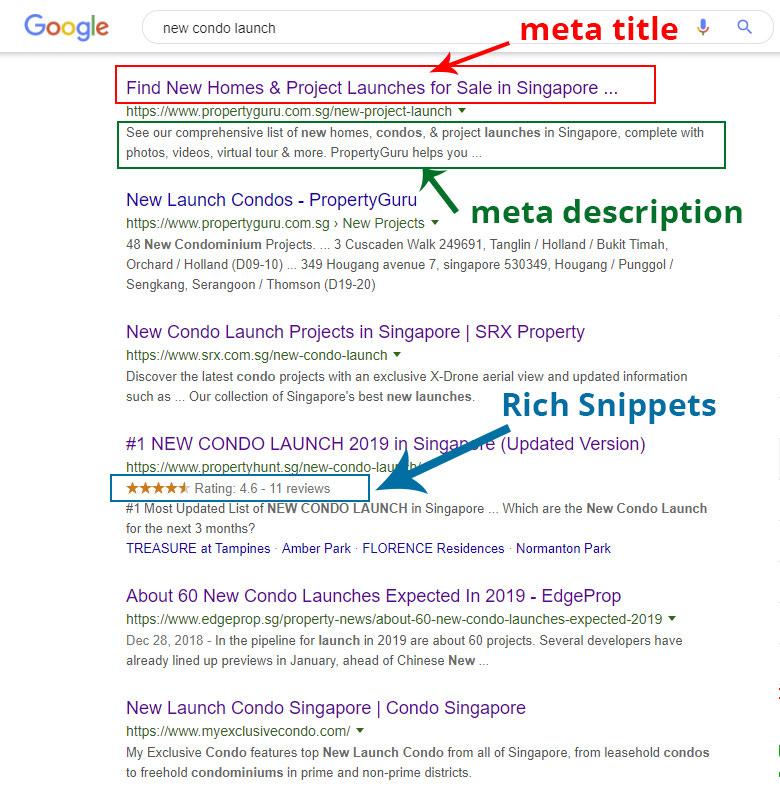
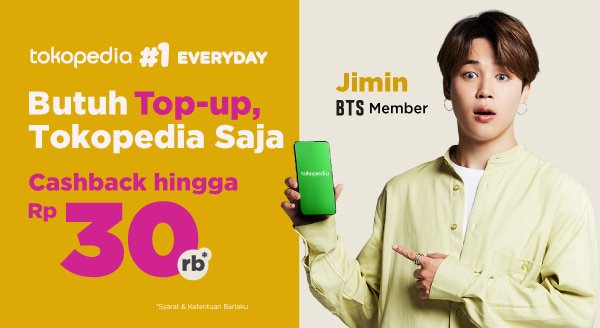

Thanks for sharing. Hope for more content like this :)